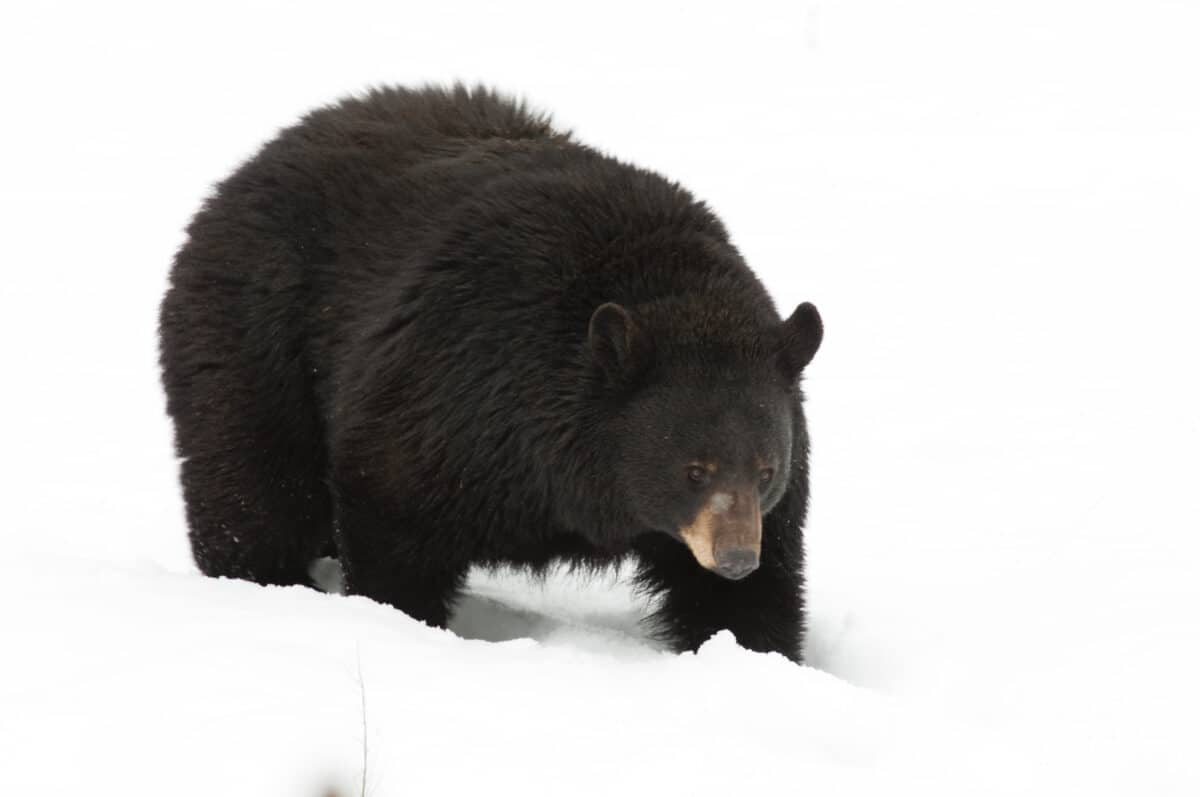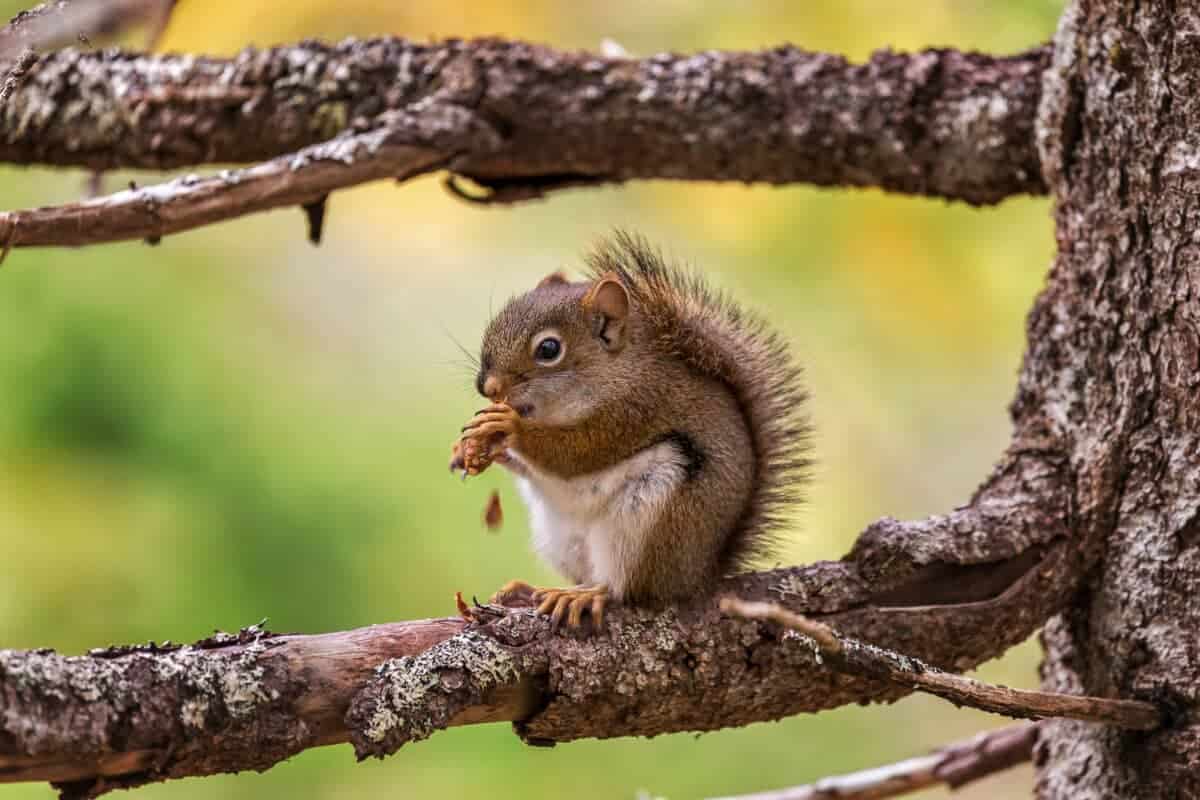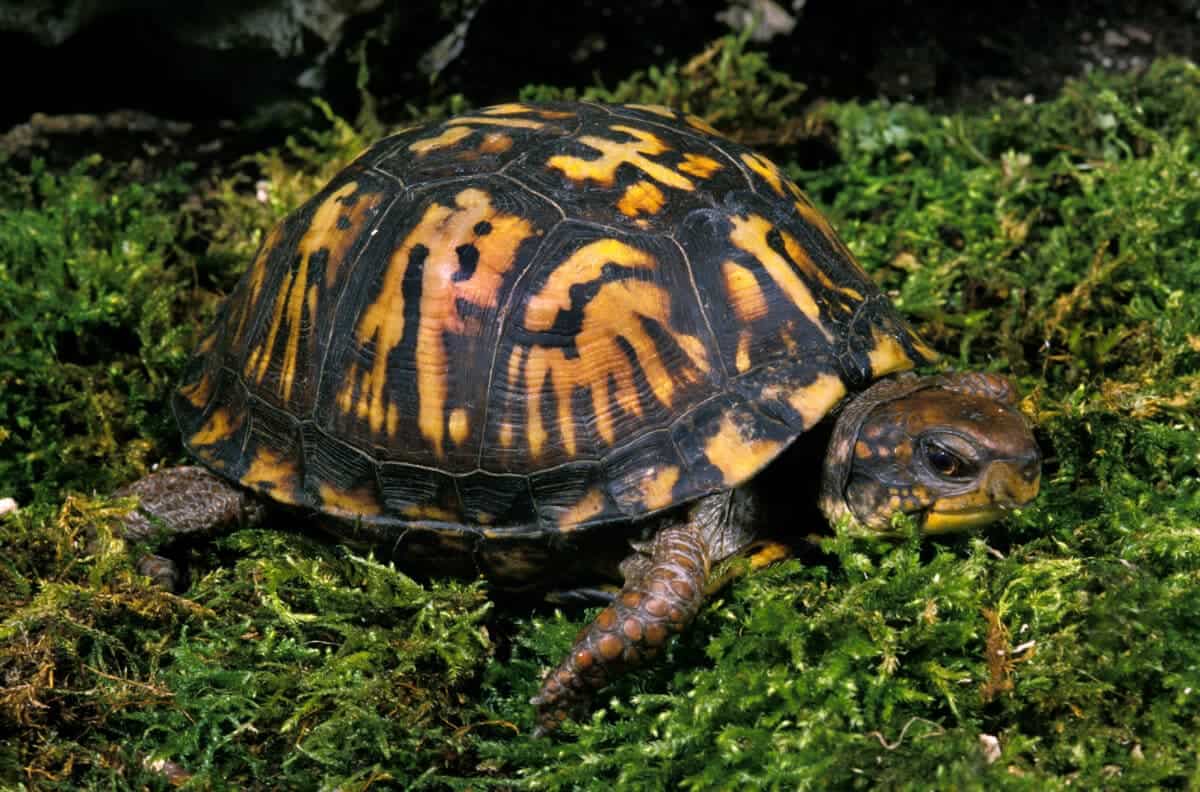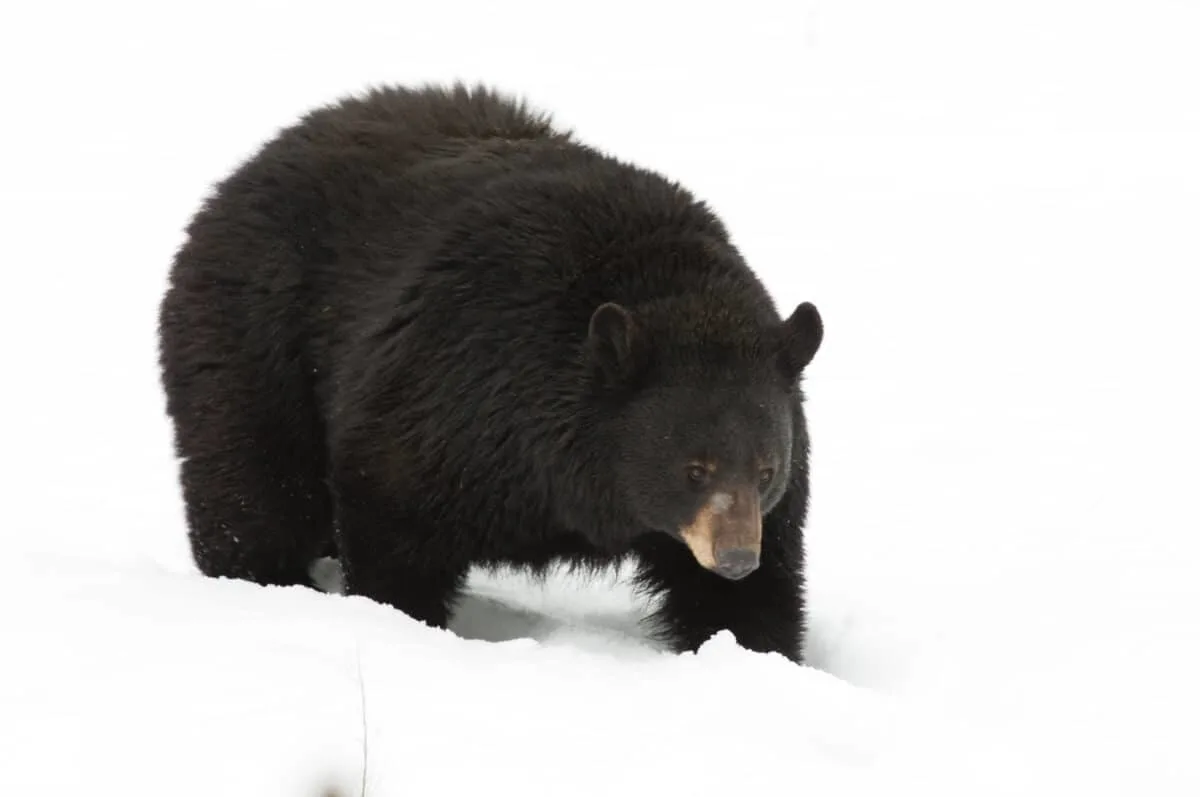As winter begins to cast its icy spell across the northern regions of America, a remarkable transformation takes place in the animal kingdom. Adapted to survive the harsh cold, various creatures enter a state of dormancy known as hibernation. This ingenious survival strategy allows them to conserve energy and endure the winter months when food becomes scarce and temperatures plummet.

In the northern states, where winter often brings heavy snowfall and freezing temperatures, animals like the black bear (Ursus americanus) are preparing for a deep slumber. Black bears are true hibernators, entering a state of torpor characterized by a significant drop in metabolic rate, heart rate, and body temperature. They find a cozy den—often in hollow trees or burrows—and retreat from the world until spring beckons them back to life. During hibernation, black bears do not eat, drink, or excrete waste, relying on stored fat reserves to sustain them through the winter.

Other northern inhabitants, like the ground squirrel and chipmunk, engage in a lighter form of hibernation known as torpor. They awaken periodically to feed on stored food and, if the weather allows, bask in the winter sun. This intermittent dormancy helps them survive the challenges of winter without the need for a long and deep hibernation.
Winter In America’s Southern Regions
While the southern regions of America may not experience the same frigid extremes as their northern counterparts, the onset of winter prompts unique adaptations among the local fauna. Here, hibernation takes on a different rhythm, with some animals embracing a milder form of dormancy to navigate the cooler months.
One notable example is the eastern box turtle (Terrapene carolina carolina), a reptile that takes a fascinating approach to winter survival. As temperatures drop, these turtles seek out natural shelters like burrows or piles of leaves, entering a state of brumation—a reptilian form of hibernation. Unlike true hibernators, box turtles may occasionally emerge on warmer winter days to drink water or adjust their position within their shelter. This behavior allows them to conserve energy while avoiding the more profound torpor experienced by some northern species.

Similarly, the little brown bat (Myotis lucifugus), found in the southern and central parts of the country, undergoes a type of hibernation known as winter torpor. While they don’t enter the deep, extended sleep of true hibernators, these bats experience a lowered metabolic rate and reduced activity during the winter months. They often seek refuge in caves or other secluded spots, forming clusters to share body heat and enhance their chances of survival until the warmth of spring beckons them to the skies once more.
As winter unfolds its frosty embrace across America, these varied hibernation strategies highlight the incredible diversity and adaptability of the nation’s wildlife. From the deep slumber of northern black bears to the intermittent torpor of southern box turtles, each species has found its unique way to endure the winter chill. As we bundle up against the cold, let’s take a moment to appreciate the remarkable strategies employed by our animal neighbors to navigate the challenges of the season.
Join our Forum for free today!

- Elderly Man Kills Grizzly Bear in Montana - July 22, 2024
- Missing Cat Found Weeks Later, 40 Miles Away - July 21, 2024
- The Fastest Animal on Earth: So, How Quick Are Cheetahs? - July 21, 2024

